Code
HCS17008
Weight
70 gm / 0.15 lbs
Size
Height
5.5cm (2") Width
2.5cm (1") Depth
4cm (2") Material
Copper
Availability
Available
Date Added
2019-09-19 04:57:43
Note : We used to sell this product 6 years ago so it may no longer be in our stock.
It is possible that we still have it with our suppliers but the price could be different from before.
Feel free to order. We will verify availability and inform you promptly.
It is possible that we still have it with our suppliers but the price could be different from before.
Feel free to order. We will verify availability and inform you promptly.

Safe Payment
We accept Paypal, Money Transfer, Bank Transfer
Confidence
Protection covers your purchase and personal data.
Worldwide Delivery
We ship Worldwide, except Russia.Shipping cost US$25.2 for upto 0.5 kgs

Hotline
Talk to help line for your question on 9841267335About Chocolate Oxidized
This Tiny Tibetan Statue Of Ratnasambhava Buddha, [chocolate Oxidized] has been meticulously treated with a chocolate color antique patina. The intention behind this patina is to replicate the appearance of a copper statue that has gracefully aged over a century. Unlike a simple coat of paint, this patina is not applied superficially and is designed to endure. It undergoes an artificial oxidation process that adds depth and character, while also serving as a protective layer against natural oxidation.
By imitating the natural aging process, the chocolate color antique patina lends an air of authenticity and vintage charm to the Tiny Tibetan Statue Of Ratnasambhava Buddha, [chocolate Oxidized]. This carefully crafted finish ensures that the patina remains intact for an extended period, offering longevity and resistance to wear. The result is a unique piece that captures the essence of a time-worn copper statue, evoking a sense of history and artistic heritage.
This Tiny Tibetan Statue Of Ratnasambhava Buddha, [chocolate Oxidized] has been meticulously treated with a chocolate color antique patina. The intention behind this patina is to replicate the appearance of a copper statue that has gracefully aged over a century. Unlike a simple coat of paint, this patina is not applied superficially and is designed to endure. It undergoes an artificial oxidation process that adds depth and character, while also serving as a protective layer against natural oxidation.
By imitating the natural aging process, the chocolate color antique patina lends an air of authenticity and vintage charm to the Tiny Tibetan Statue Of Ratnasambhava Buddha, [chocolate Oxidized]. This carefully crafted finish ensures that the patina remains intact for an extended period, offering longevity and resistance to wear. The result is a unique piece that captures the essence of a time-worn copper statue, evoking a sense of history and artistic heritage.
Ceramic Molding System
The Tiny Tibetan Statue Of Ratnasambhava Buddha, [chocolate Oxidized] has been crafted using the Ceramic mold casting process, a modern approach that provides an alternative to traditional methods such as the lost-wax system or rubber molding. Also referred to as ceramic molding, this technique involves the creation of a ceramic mold to cast the statue. The process begins by making a precise and detailed wax model of the desired sculpture. The wax model is then coated with layers of ceramic material, creating a sturdy mold. Once the mold is complete, it is fired in a kiln, causing the wax to melt and escape, leaving behind a cavity that perfectly replicates the original sculpture. Molten metal is then poured into the mold, allowing it to fill the cavity and take on the desired form. Once cooled and solidified, the ceramic mold is carefully broken away, revealing the final metal statue. Read More . . .
The Tiny Tibetan Statue Of Ratnasambhava Buddha, [chocolate Oxidized] has been crafted using the Ceramic mold casting process, a modern approach that provides an alternative to traditional methods such as the lost-wax system or rubber molding. Also referred to as ceramic molding, this technique involves the creation of a ceramic mold to cast the statue. The process begins by making a precise and detailed wax model of the desired sculpture. The wax model is then coated with layers of ceramic material, creating a sturdy mold. Once the mold is complete, it is fired in a kiln, causing the wax to melt and escape, leaving behind a cavity that perfectly replicates the original sculpture. Molten metal is then poured into the mold, allowing it to fill the cavity and take on the desired form. Once cooled and solidified, the ceramic mold is carefully broken away, revealing the final metal statue. Read More . . .
Brief Description :
He is one of five Tathagatas symbolizing the wisdom of equality (skt. Samatajnana). According to the commentary of Namasangiti, the author Ravisri says;
âAll the phenomena are devoid of essence, lacks true inherent existence and hence is dreamlike or illusion or is emptyâ.
Thus the knowledge of senselessness of persons and the phenomena is the wisdom of equality: Buddha Ratnasambhava is the personification of this wisdom in Vajrayana Buddhism.
In the extant literature, he has rarely described his vows, aspirations, and activity. He is usually called the Buddha born from a jewel. a Sambhava Buddhaâs body, oneâs desire would be fulfilled.
Iconography :âAll the phenomena are devoid of essence, lacks true inherent existence and hence is dreamlike or illusion or is emptyâ.
Thus the knowledge of senselessness of persons and the phenomena is the wisdom of equality: Buddha Ratnasambhava is the personification of this wisdom in Vajrayana Buddhism.
In the extant literature, he has rarely described his vows, aspirations, and activity. He is usually called the Buddha born from a jewel. a Sambhava Buddhaâs body, oneâs desire would be fulfilled.
He is yellow in color. He belongs to the Buddha family of Jewel. He is placed in the stupa facing to the south. He shows varada mudra with his right hand. He holds cintamani jewel in his left hand kept on his lap. He also represents the purified form of the defilement pride. He rides on the horse throne symbolizing that he ferries over the suffering sentient beings with full vigor. He resides in the pure abode of Ratnavati heaven (buddha field).
It is said that when Ratna Sambhava Buddha attained enlightenment golden colored rays emitted from his crown and manifested limitless golden colored bodhisattvas; each one of them carrying jeweled scepters emitting light shining on the southern worlds, which were numerous as the sands of the Ganges.
It is said that the sentient beingsâ wish would be fulfilled when one sees the golden colored light. It is also said that by meditating on Ratn
It is said that when Ratna Sambhava Buddha attained enlightenment golden colored rays emitted from his crown and manifested limitless golden colored bodhisattvas; each one of them carrying jeweled scepters emitting light shining on the southern worlds, which were numerous as the sands of the Ganges.
It is said that the sentient beingsâ wish would be fulfilled when one sees the golden colored light. It is also said that by meditating on Ratn
Mantra of Ratanasambara
oṃ ra tna saṃ bha va traṃ


![Tiny Tibetan Statue Of Ratnasambhava Buddha, [chocolate Oxidized]](https://handicraftseller.com/uploads/pics/product/thumb/2019/09/17008.jpg)
![Tiny Tibetan Statue Of Ratnasambhava Buddha, [chocolate Oxidized]](https://handicraftseller.com/uploads/pics/product/thumb/2019/09/17008_0.jpg)
![Tiny Tibetan Statue Of Ratnasambhava Buddha, [chocolate Oxidized]](https://handicraftseller.com/uploads/pics/product/thumb/2019/09/17008_1.jpg)
![Tiny Tibetan Statue Of Ratnasambhava Buddha, [chocolate Oxidized]](https://handicraftseller.com/uploads/pics/product/thumb/2019/09/17008_2.jpg)
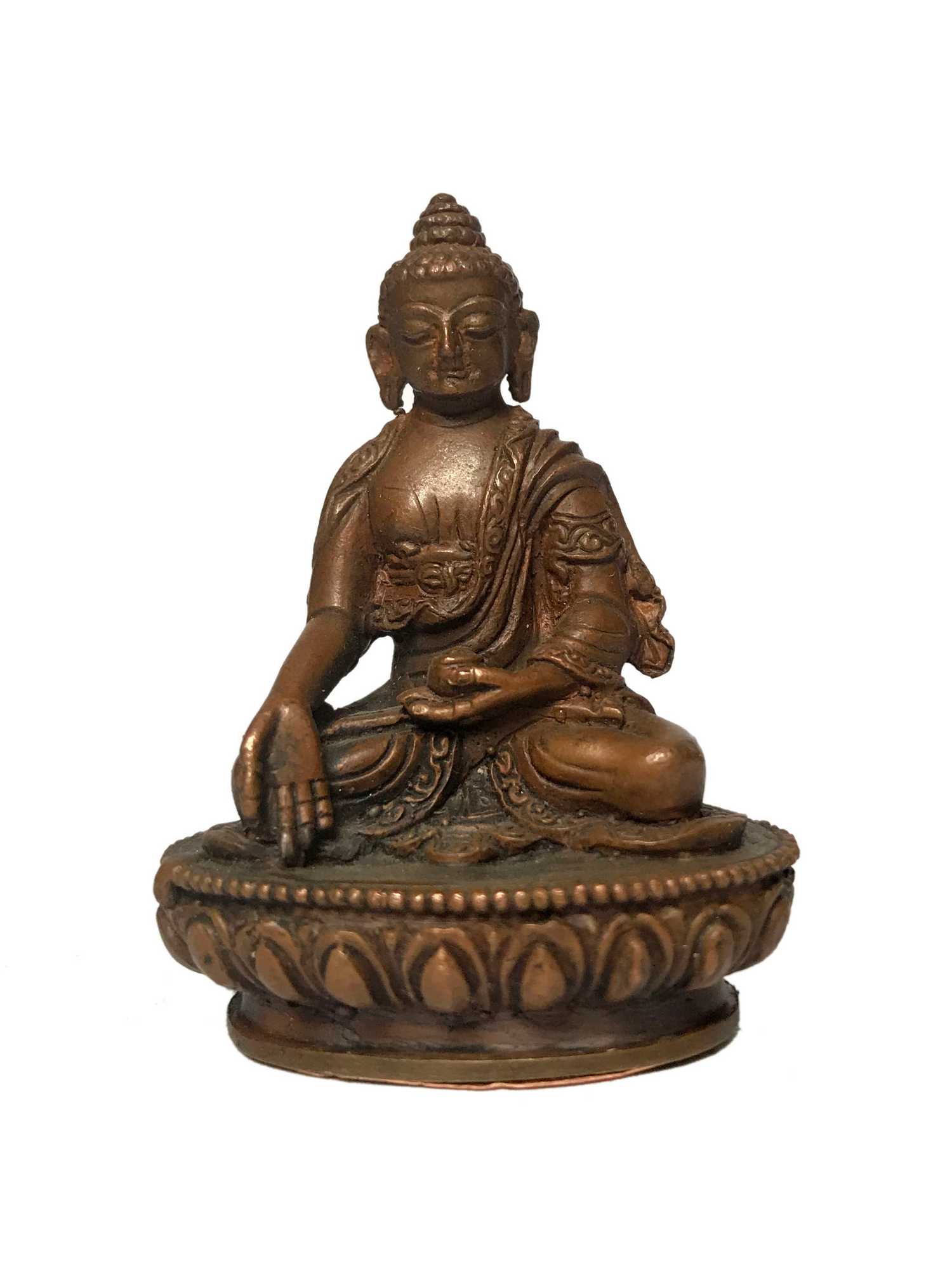
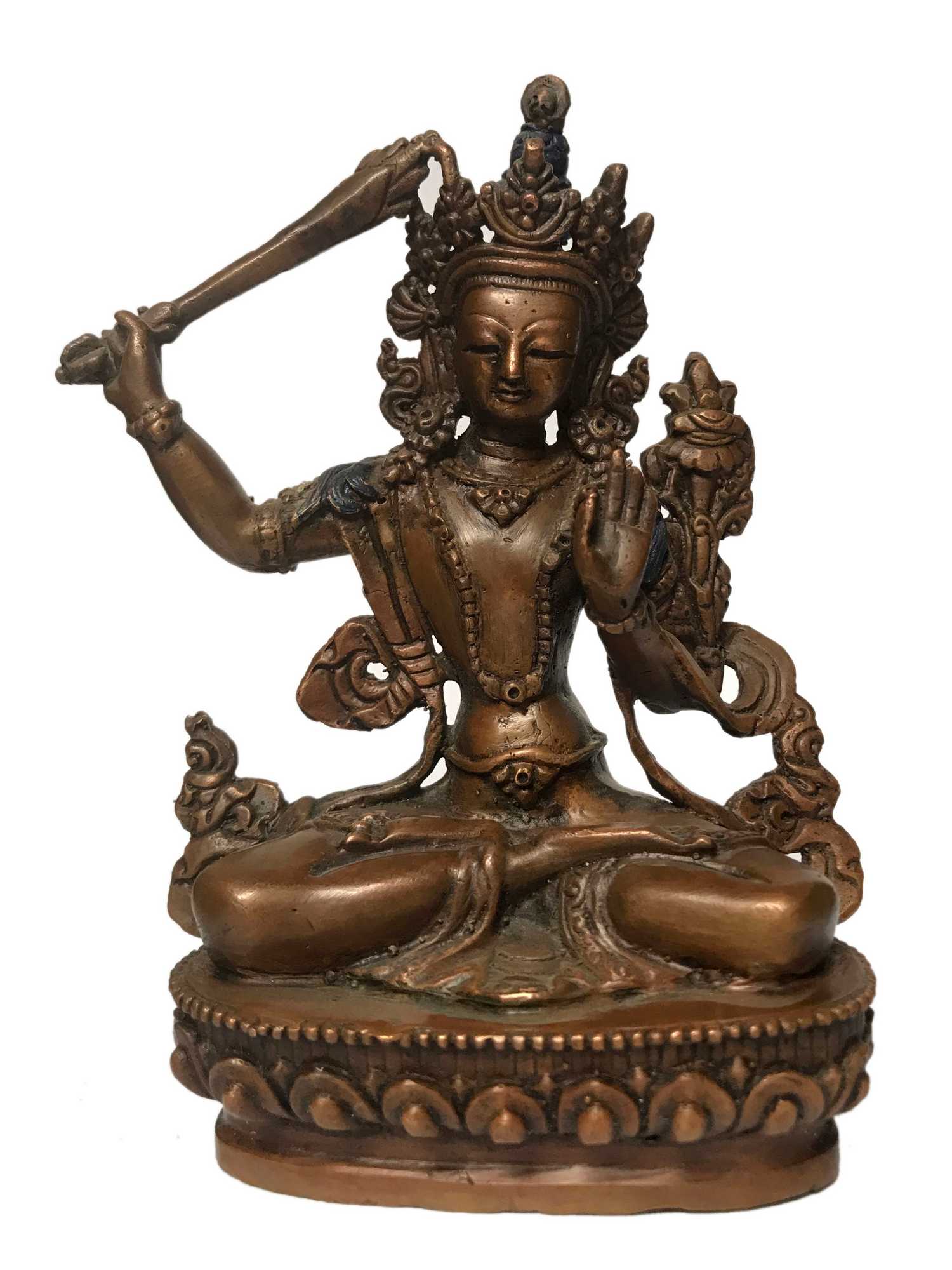 of Manjushri,
of Manjushri, 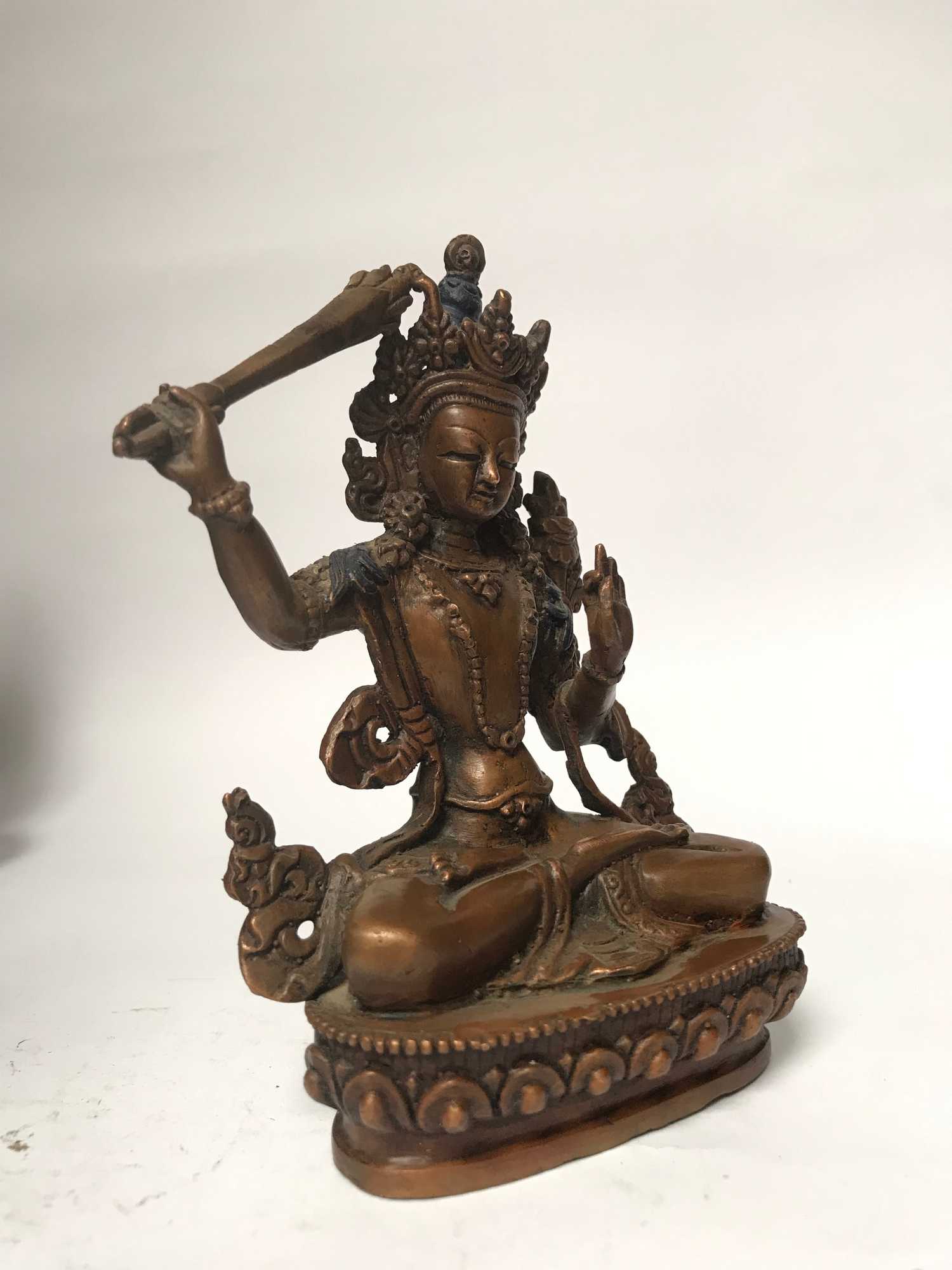 of Manjushri,
of Manjushri, 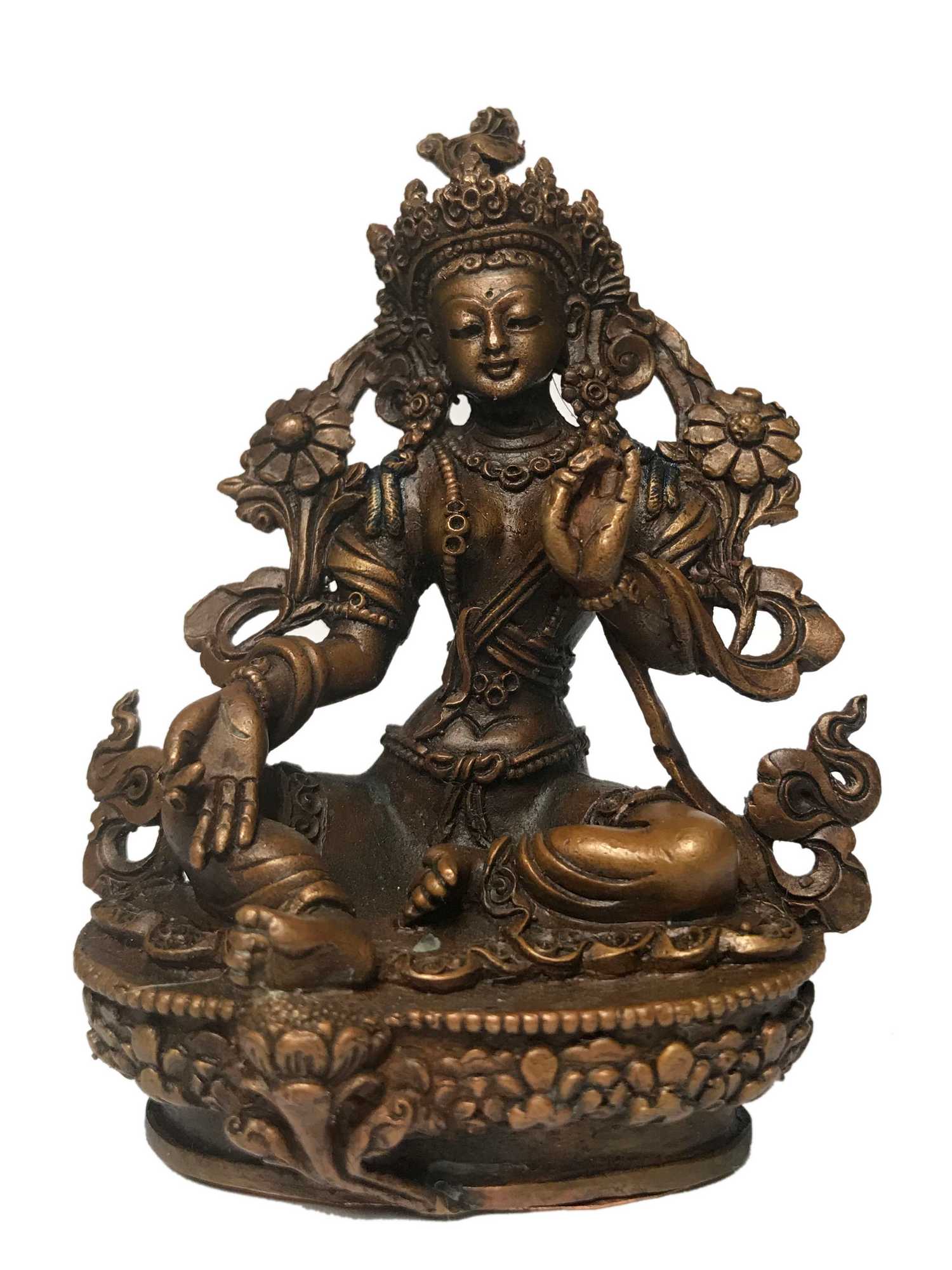 of Green Tara,
of Green Tara, 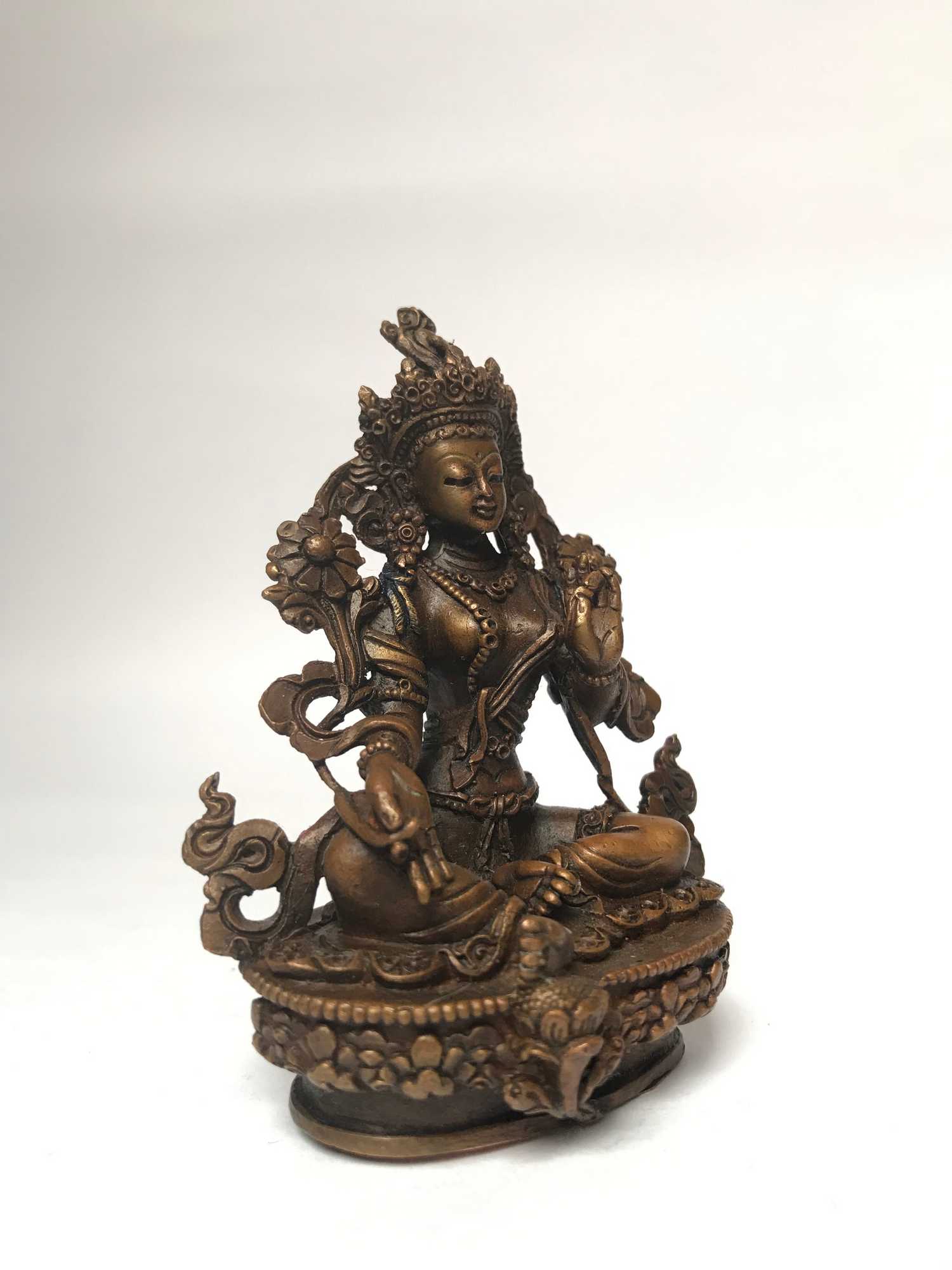 of Green Tara,
of Green Tara, 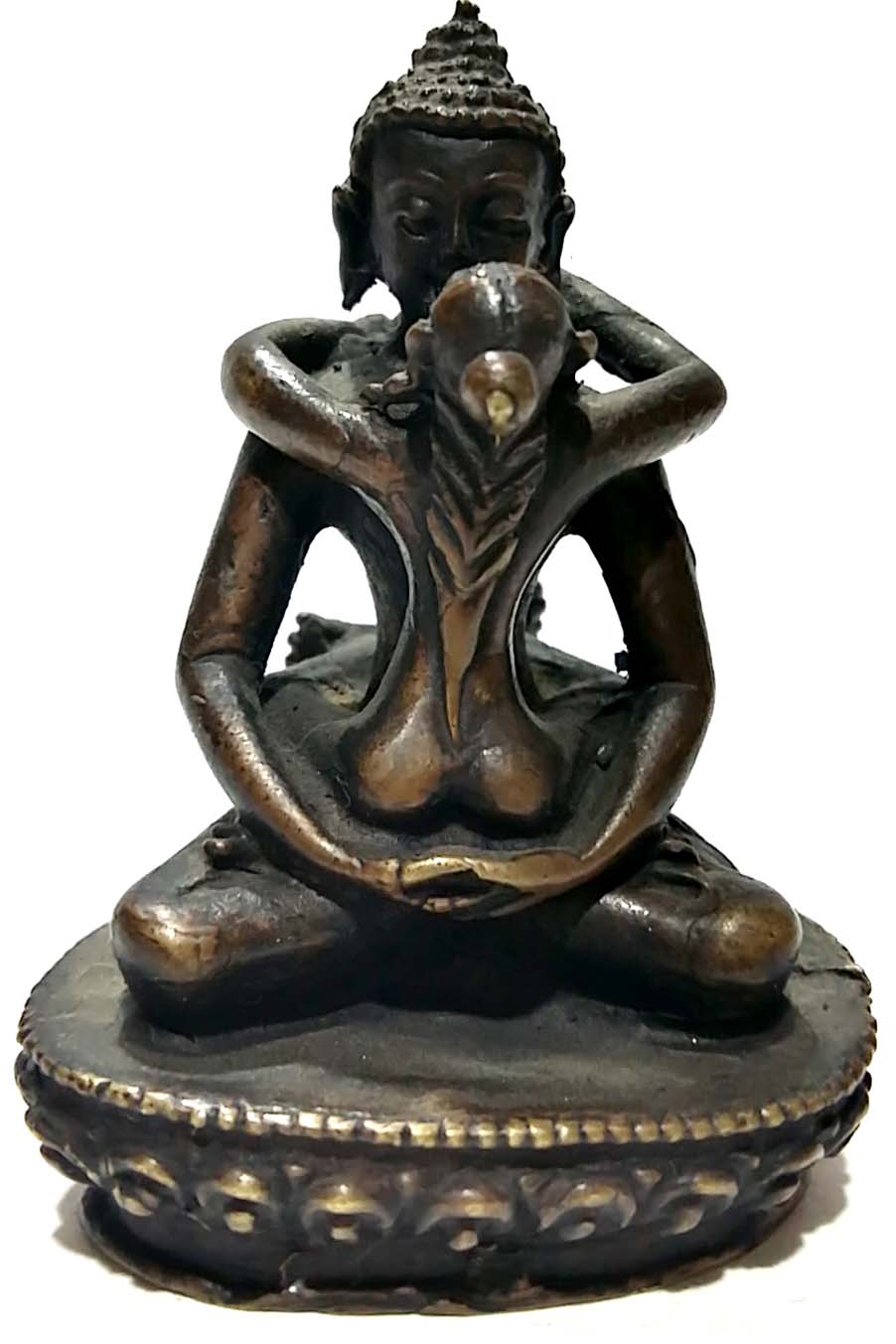
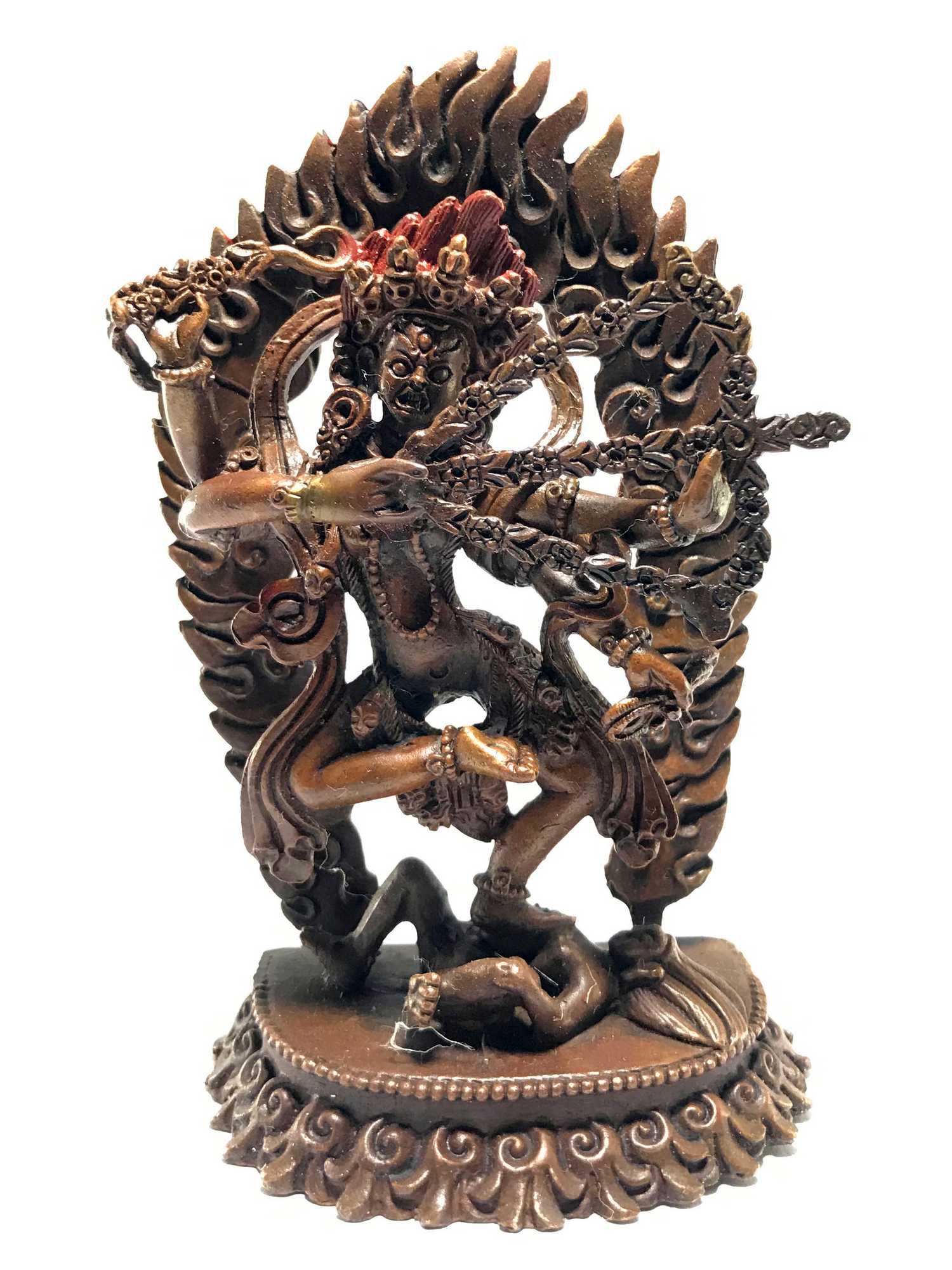 of Kurukulla Chocolate Oxidized, Rigjeyma, Pema Khandro, Wangyi Lhamo, Red Tara" title="Statue
of Kurukulla Chocolate Oxidized, Rigjeyma, Pema Khandro, Wangyi Lhamo, Red Tara" title="Statue 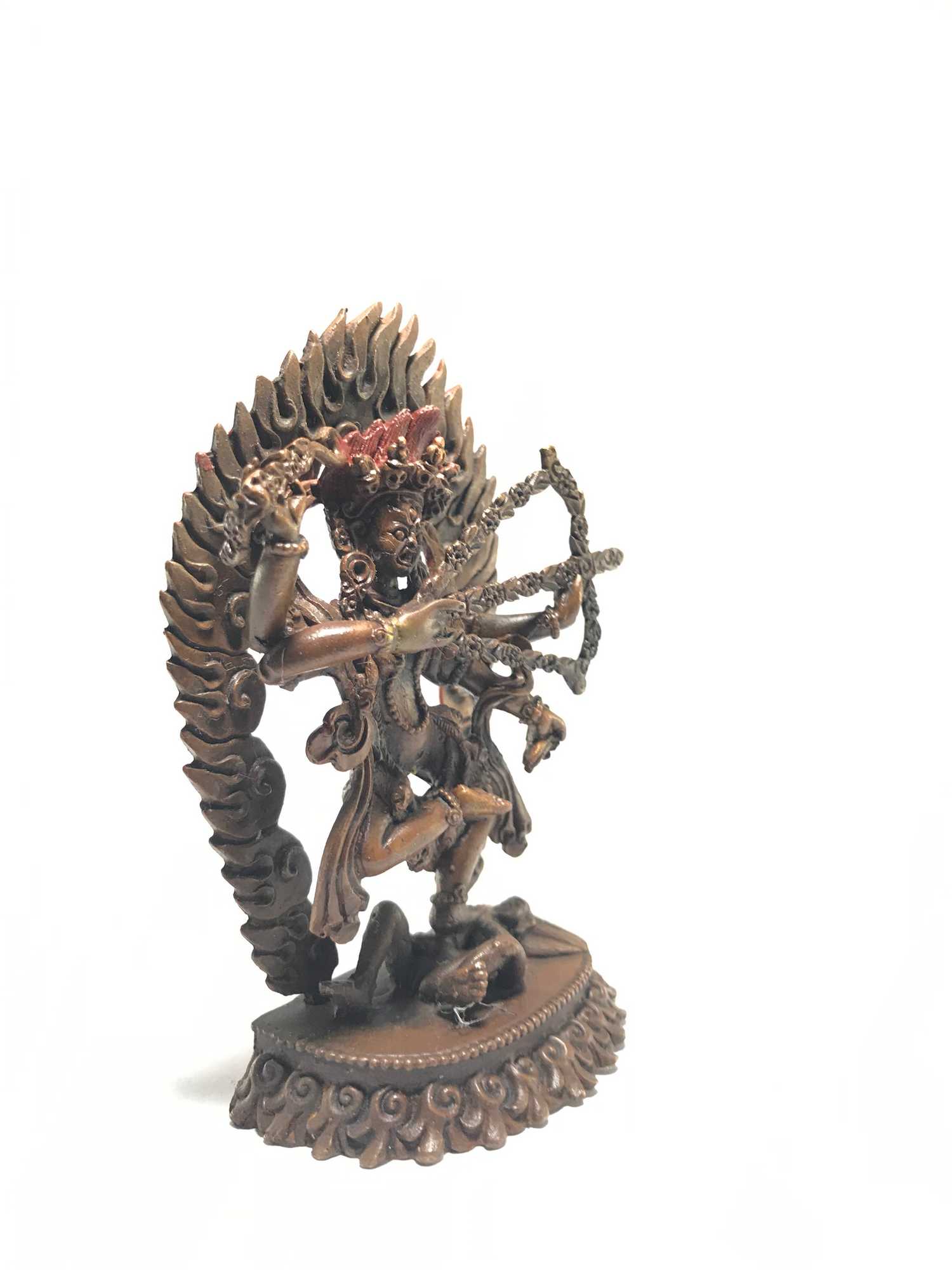 of Kurukulla Chocolate Oxidized, Rigjeyma, Pema Khandro, Wangyi Lhamo, Red Tara" title="Statue
of Kurukulla Chocolate Oxidized, Rigjeyma, Pema Khandro, Wangyi Lhamo, Red Tara" title="Statue 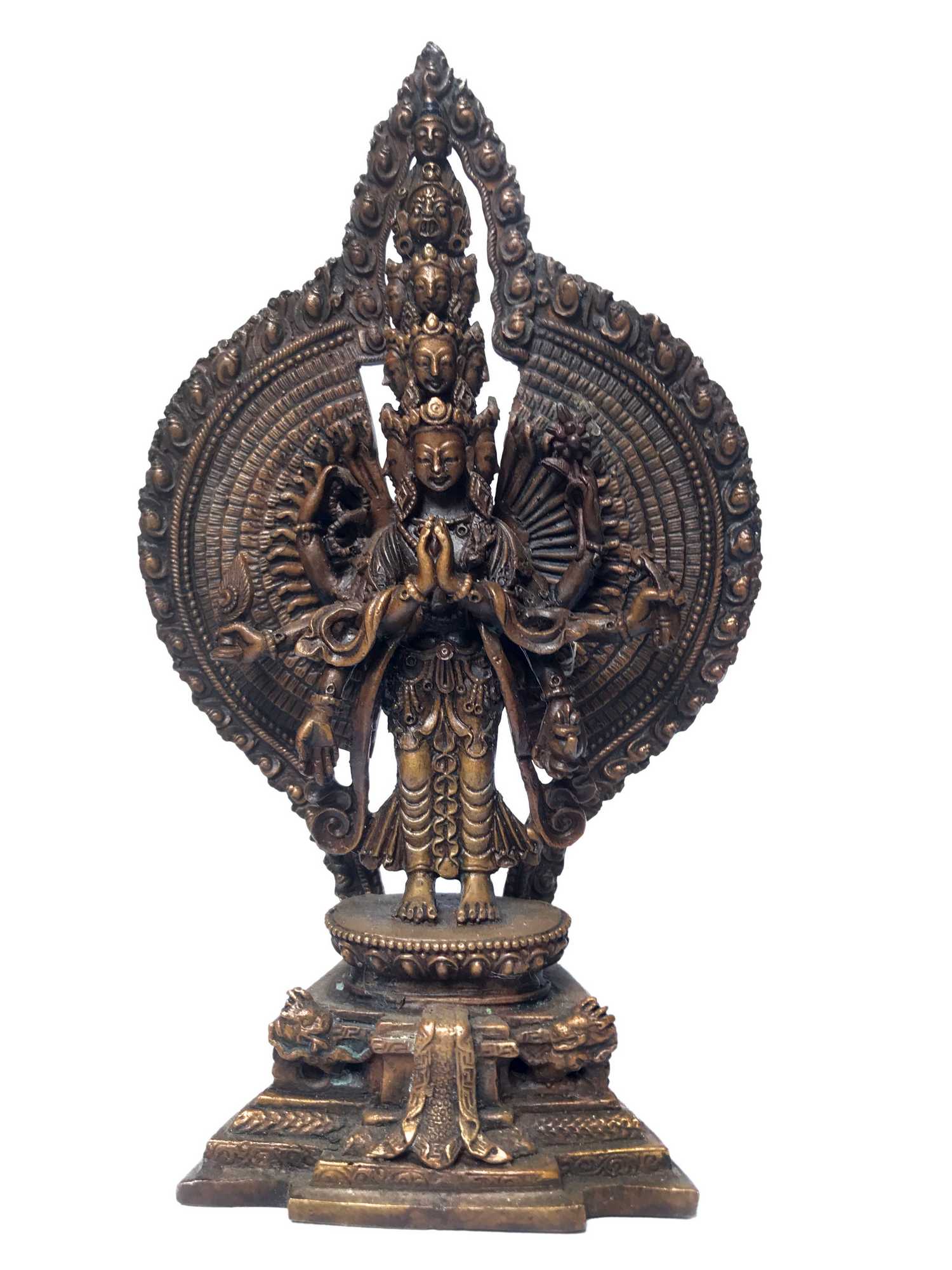 of Sahasrabhuja Avalokitesvara,
of Sahasrabhuja Avalokitesvara, 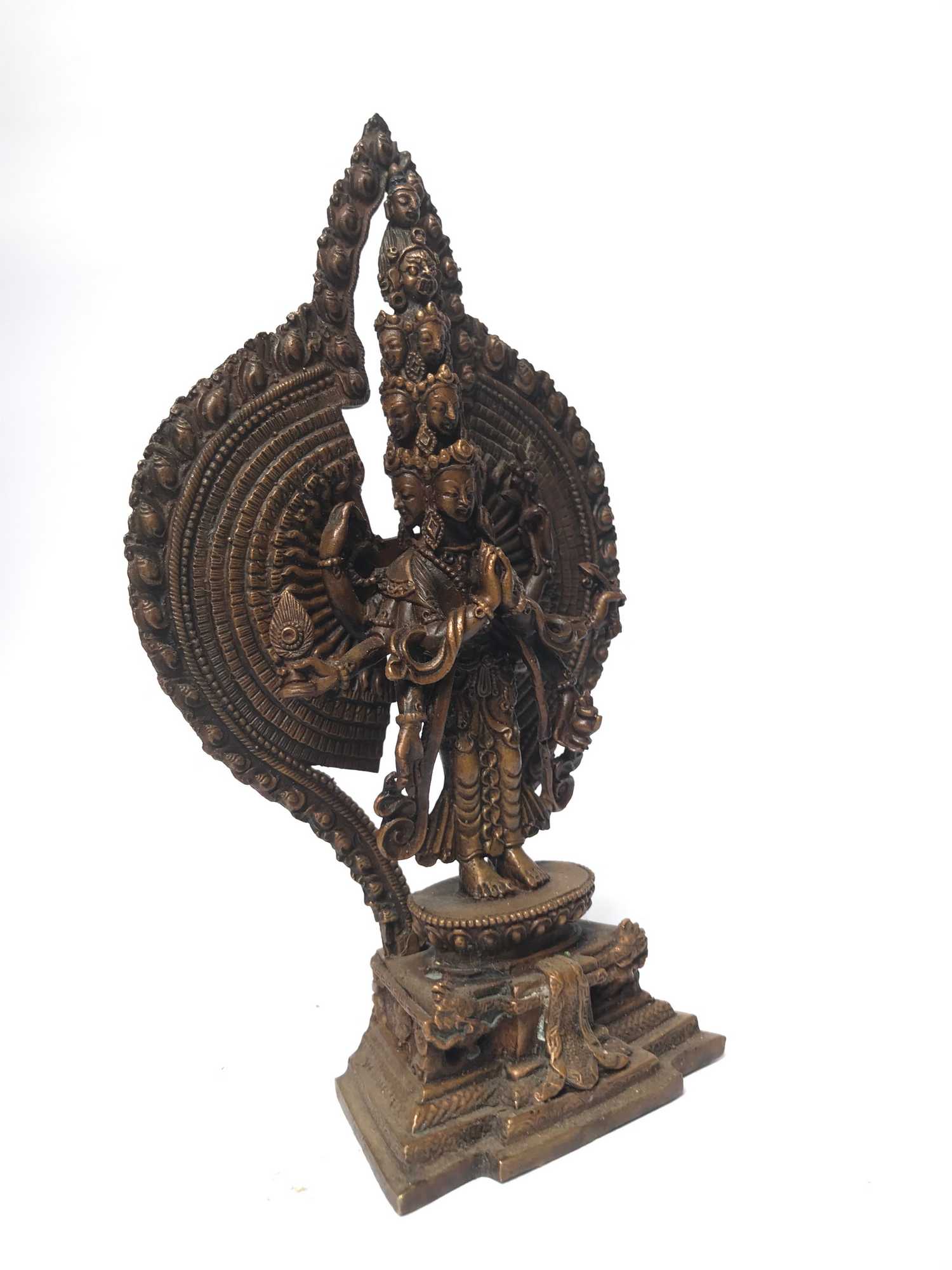 of Sahasrabhuja Avalokitesvara,
of Sahasrabhuja Avalokitesvara, 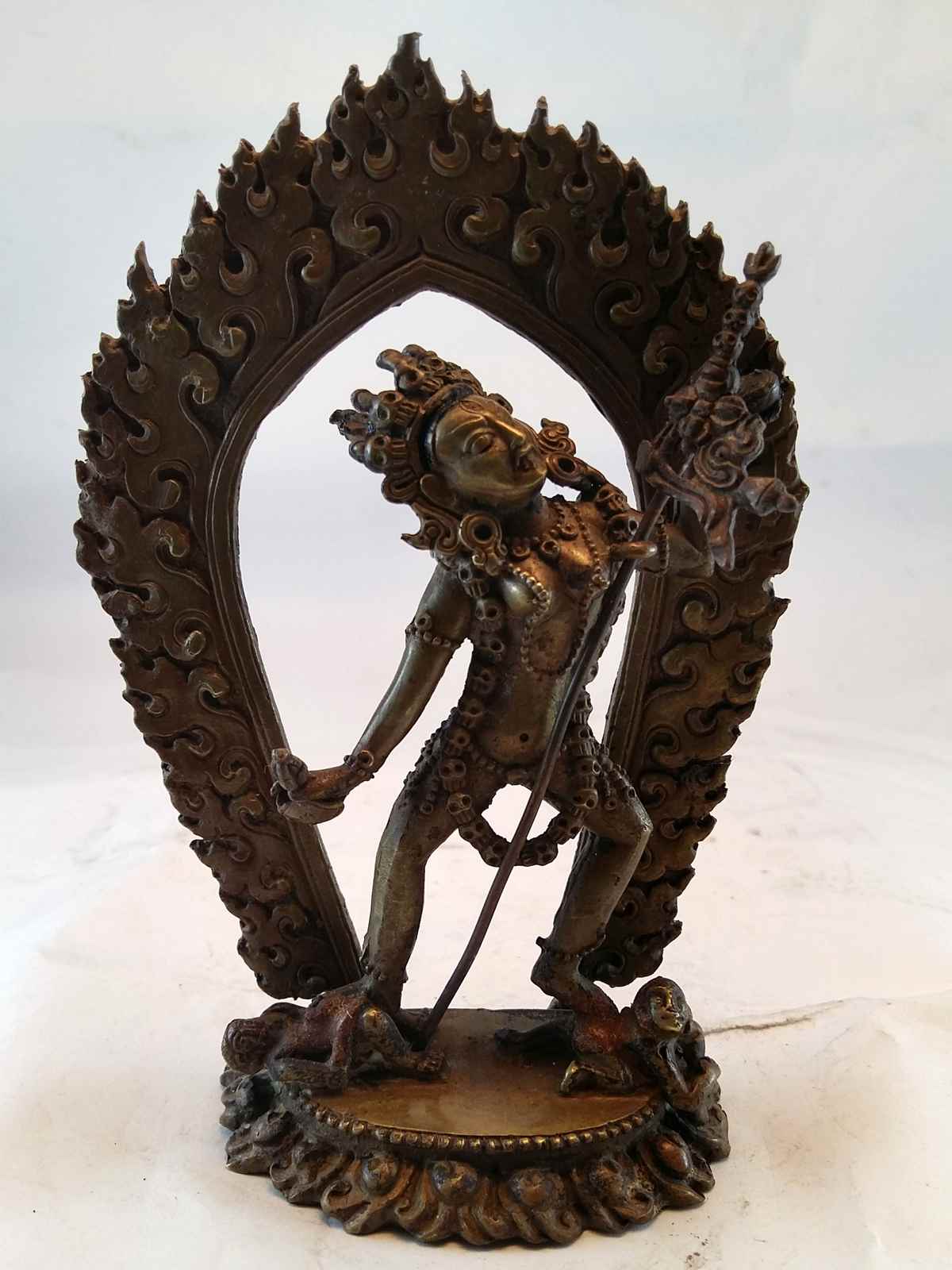

 of Vajrayogini,
of Vajrayogini,  of Vajrayogini,
of Vajrayogini, 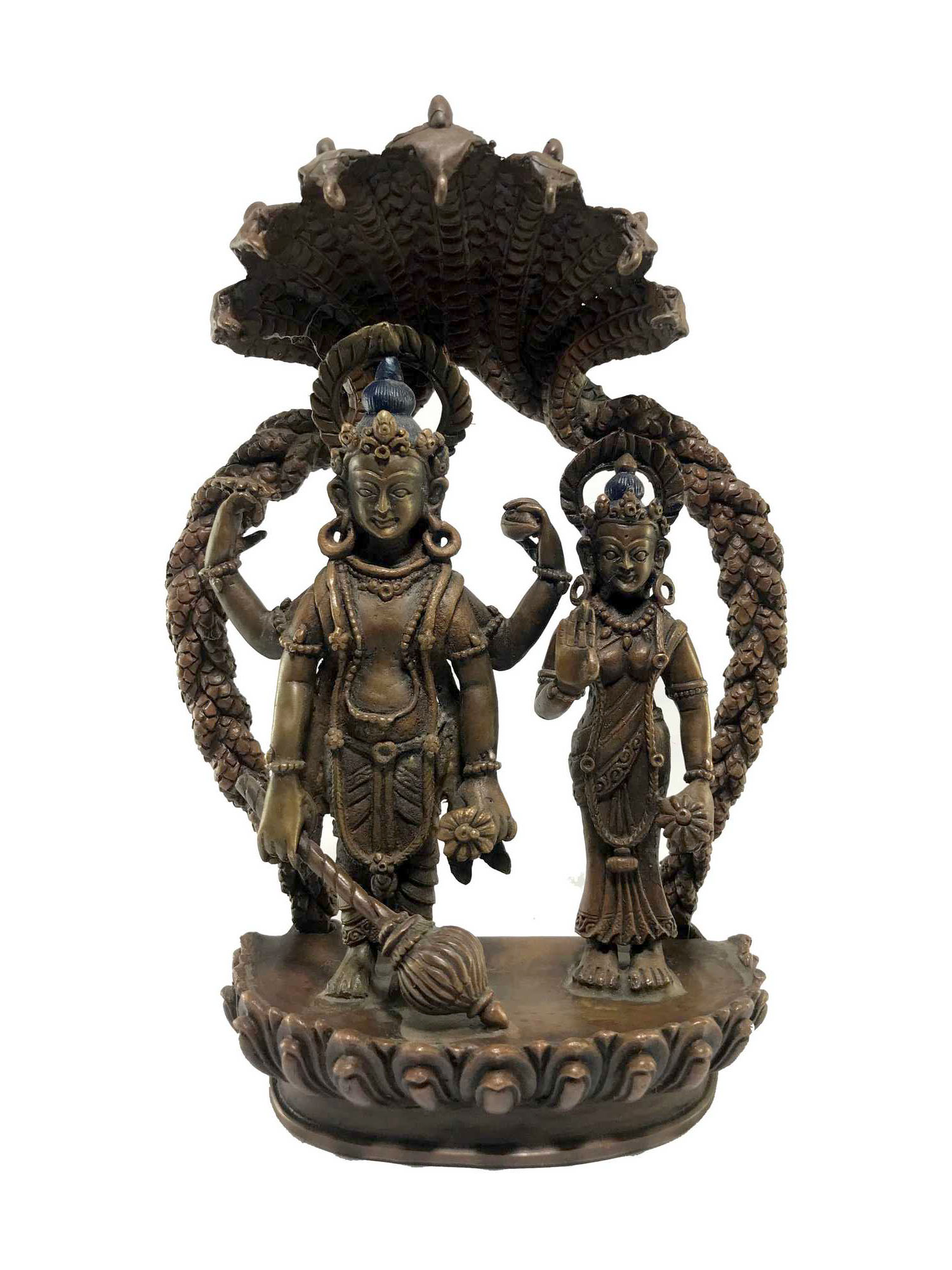
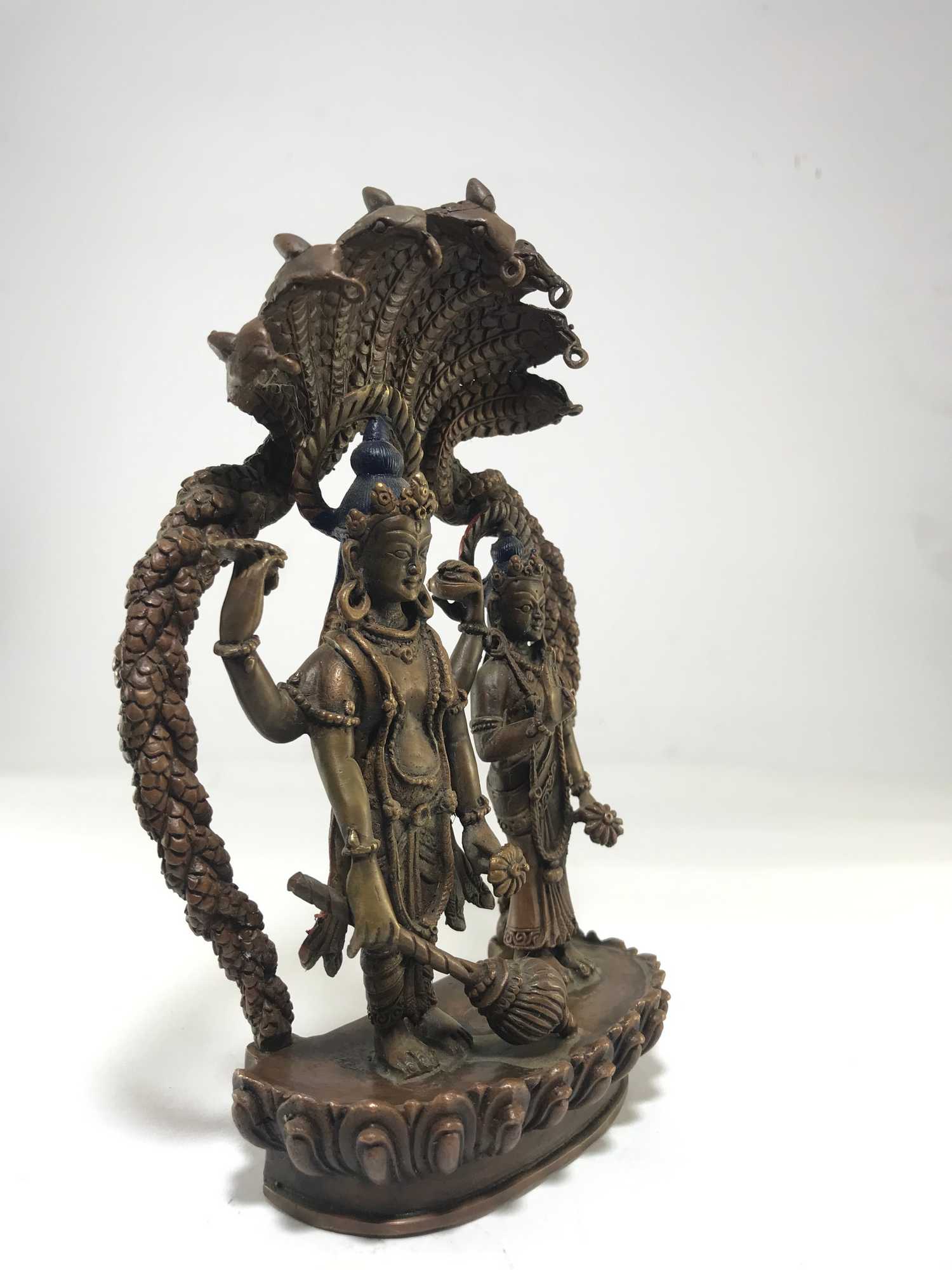
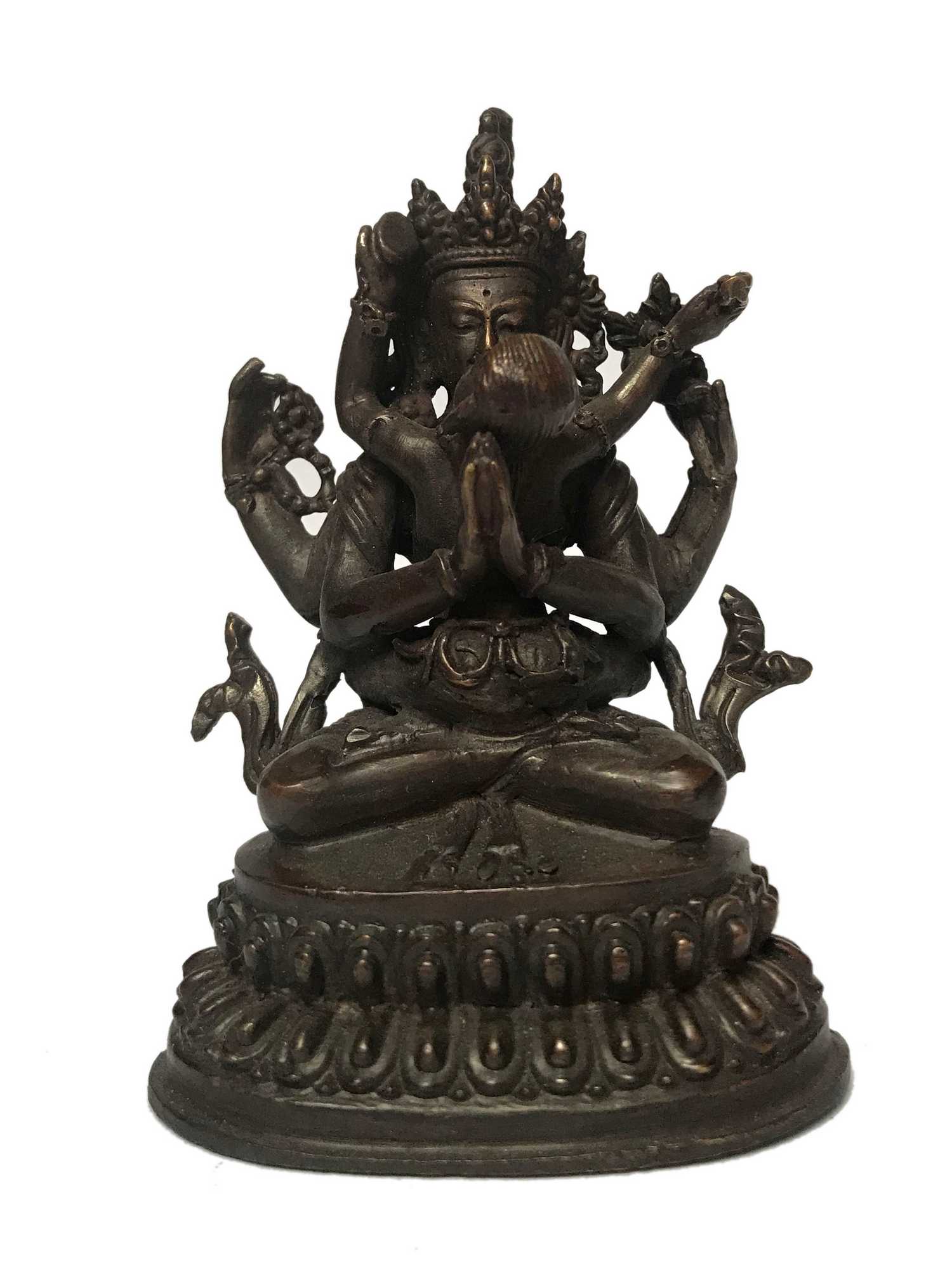 of Avalokiteshvara
of Avalokiteshvara 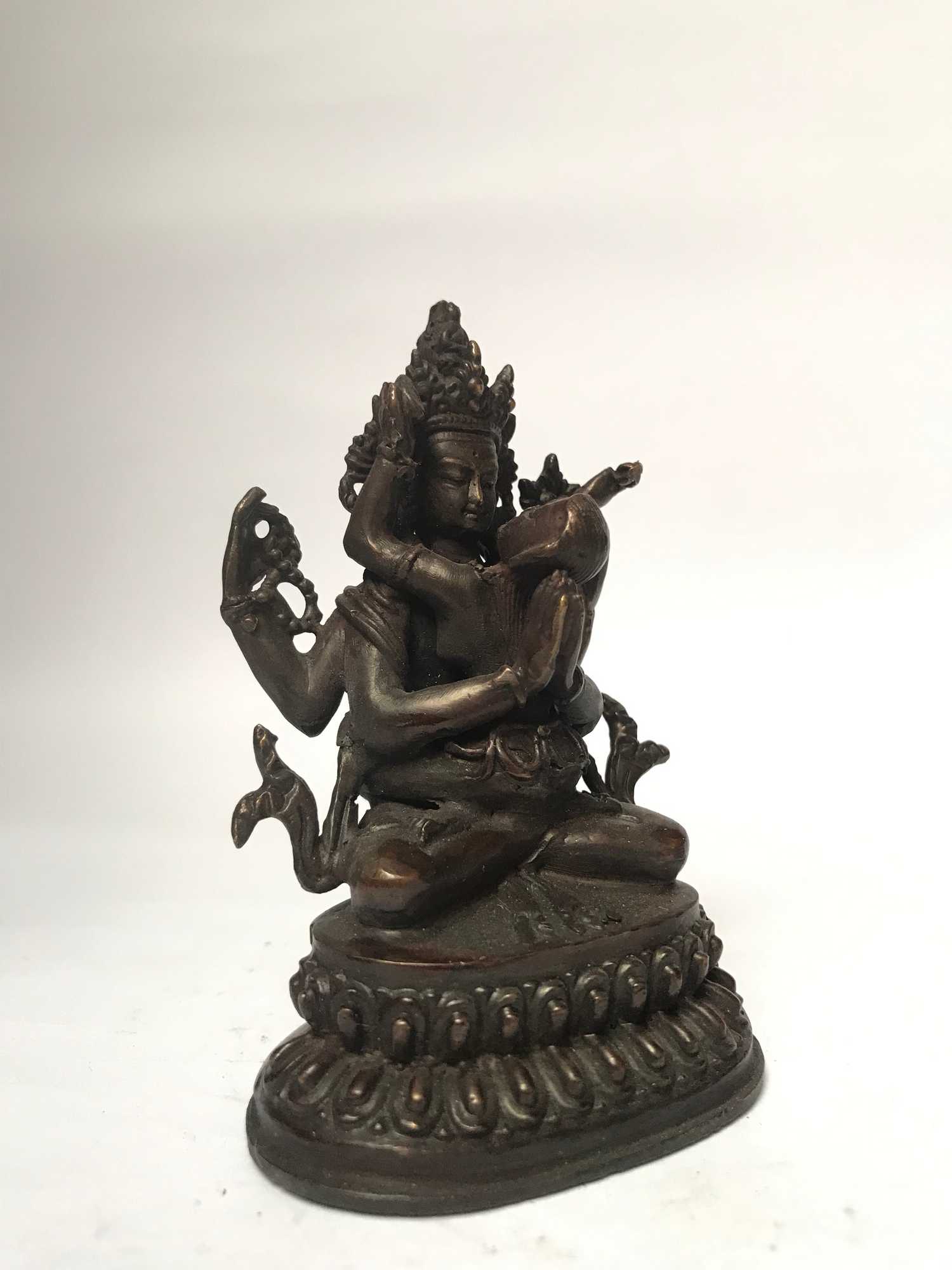 of Avalokiteshvara
of Avalokiteshvara 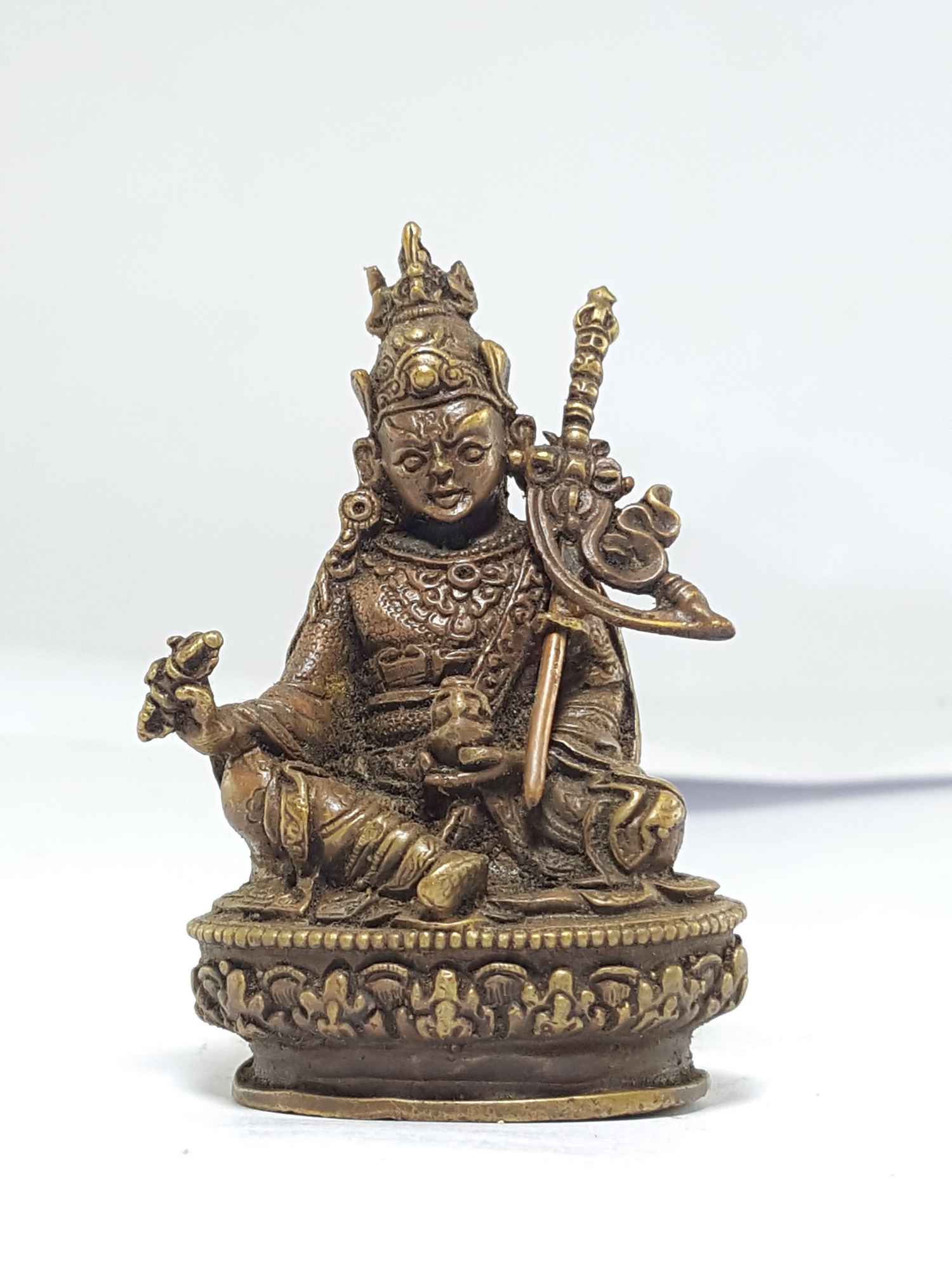 of Padmasambhava Antique Finishing" title="Small High Quality Statue
of Padmasambhava Antique Finishing" title="Small High Quality Statue 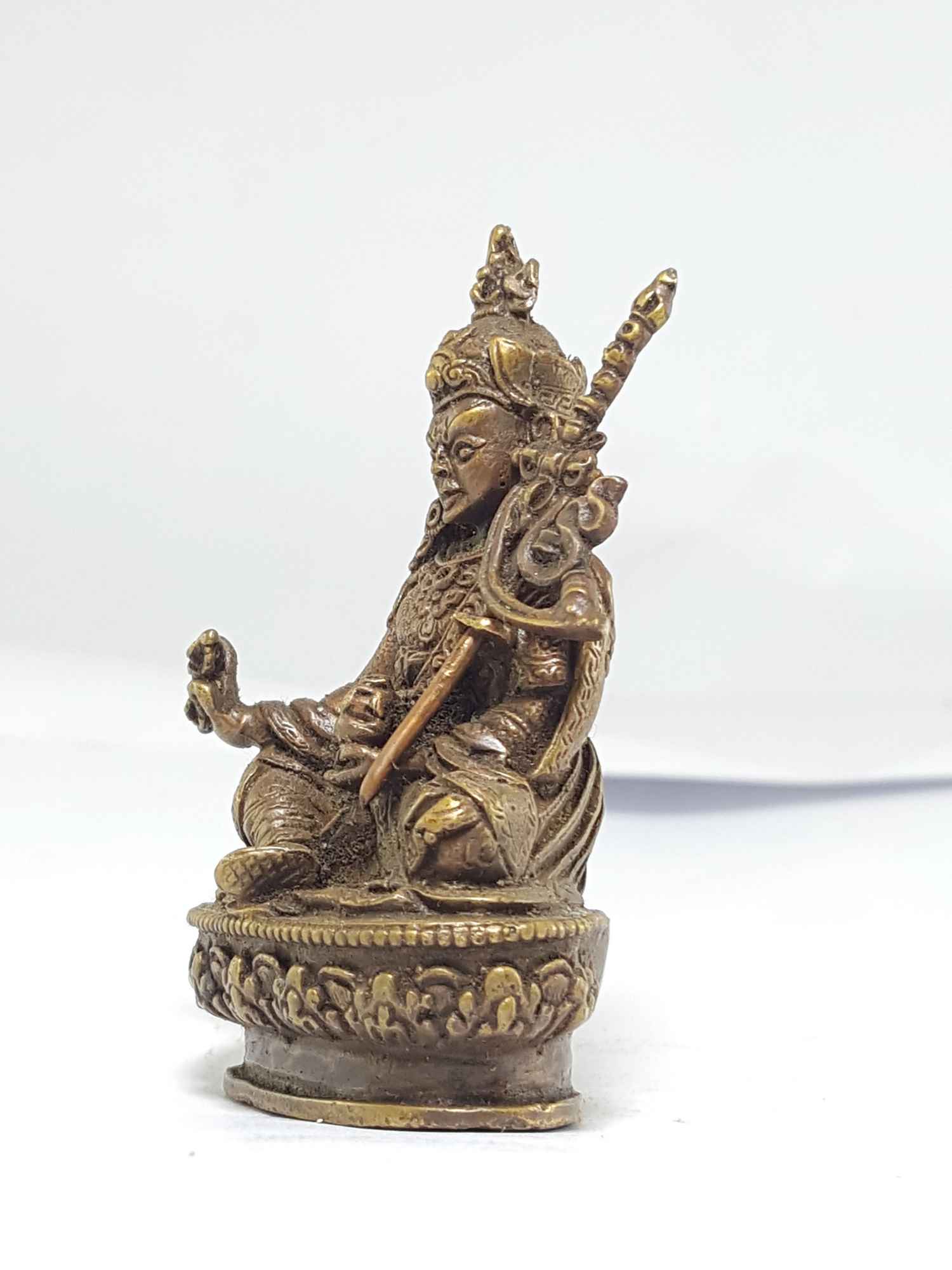 of Padmasambhava Antique Finishing" title="Small High Quality Statue
of Padmasambhava Antique Finishing" title="Small High Quality Statue